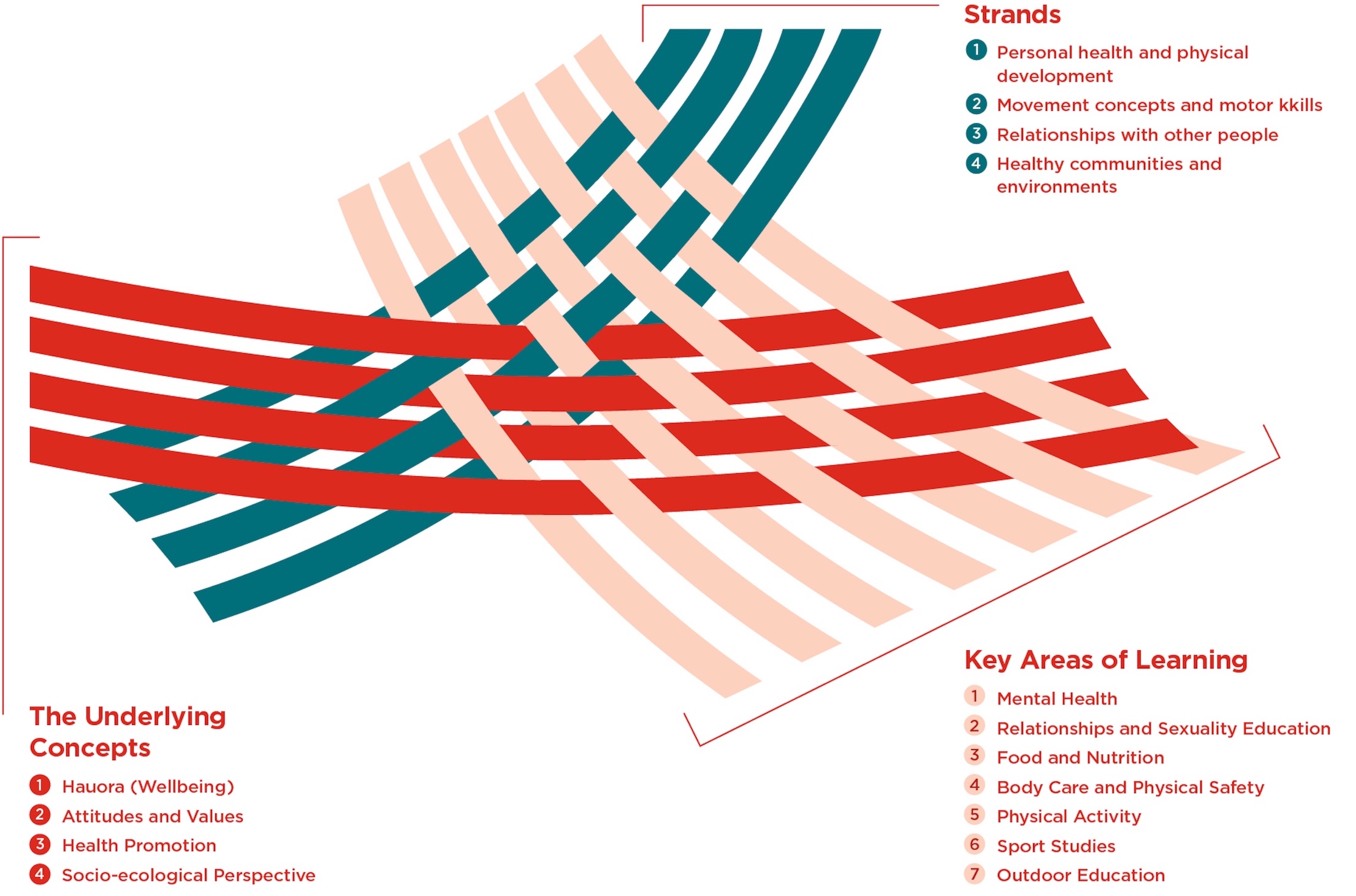Overview He tirohanga whānui
Health and physical education is a holistic learning area with wellbeing as its goal
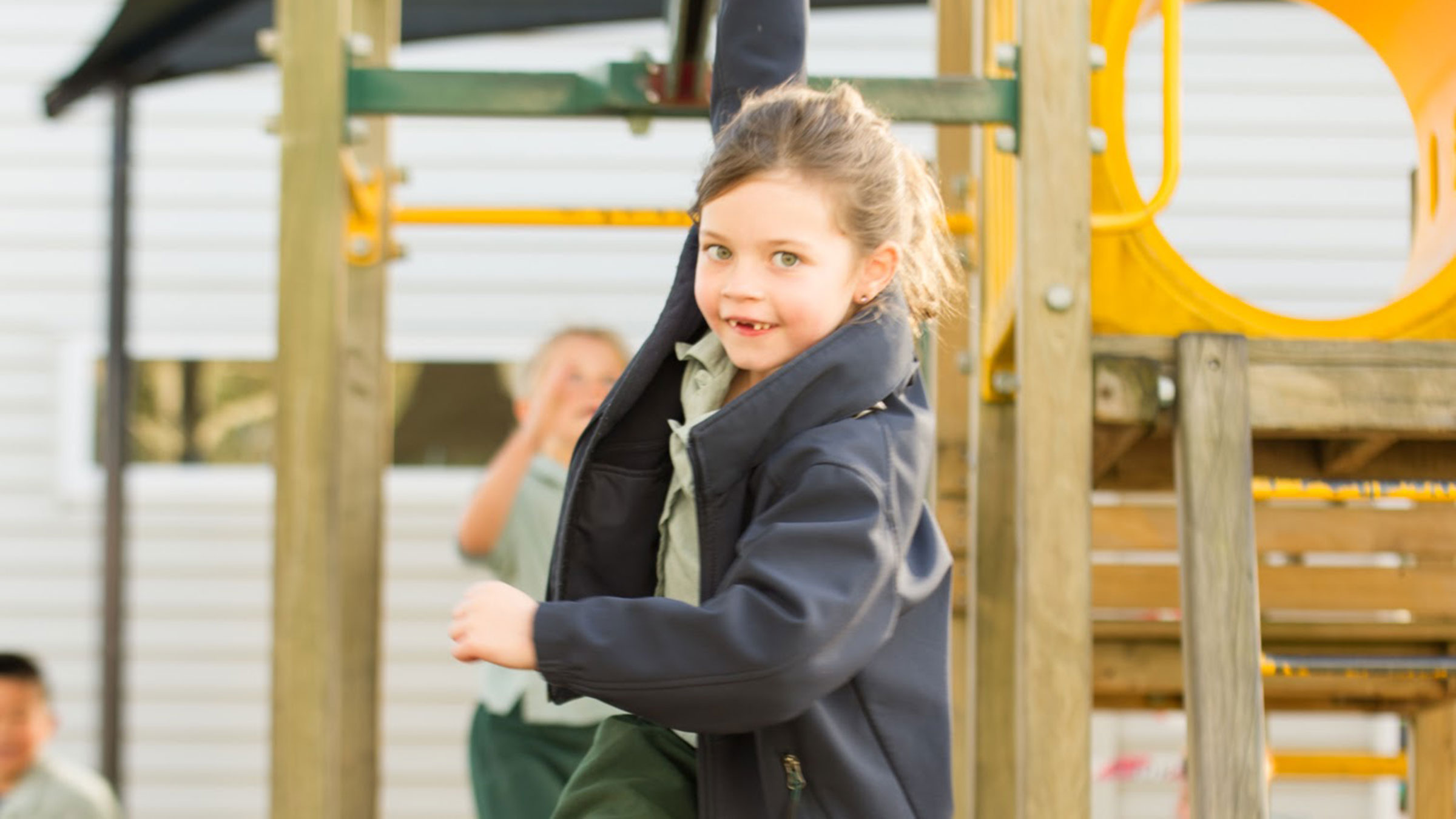
The focus of health and physical education
Using health related and movement concepts, the focus is on developing:
- confident, resilient ākonga who know, understand, and can take responsibility for themselves
- grounded, connected, critical thinkers who contribute to society
- ākonga who have a relationship with their own hauora and who can positively contribute to the hauora of others
- ākonga with a sense of social responsibility and connection to the people, communities, and environments around them.
The needs of ākonga
The needs of ākonga should be considered within the contexts of:
- physical, social, intellectual, and emotional development
- the classroom and school environment
- the needs, expectations, and culture of the wider school community.
Those who identify students' learning needs should be informed by consultation with ākonga themselves, school staff, whānau, and education professionals.
Cultural capability
The bicultural heritage of Aotearoa is unique and important. Schools and teachers should:
- ensure the concept of hauora is reflected in all learning experiences in health and physical education
- recognise that te reo Māori and ngā tikanga Māori are taonga and have an important place within the health and physical education learning area
- develop programmes within Māori and other cultural contexts that are relevant to students, for example, in the context of te ao kori.
Health and physical education programmes must be relevant for all ākonga, recognising and valuing experiences, cultural traditions, histories, and languages of all New Zealanders. In developing a local curriculum, it is important to:
- recognise that ākonga may need to meet more than one set of cultural expectations
- ensure that members of cultural groups within the local and wider community are consulted when the school health programme is developed.
Contexts should encompass a range of traditional and non traditional activies. For example, games could include traditional games such as tītītorea, and sport could include traditional games like kī-o-rahi.
All teaching practices, language, and resource materials used in health and physical education should be free from discrimination and culturally inclusive. Learning should reflect the diversity found in the school and Aotearoa generally, such as the variety of:
- expressions of sex, gender, and sexuality
- abilities
- cultures
- body shapes.
The structure of health and physical education
The health and physical education learning area consists of the underlying concepts, key areas of learning, and strands woven together.
Learning takes place in multiple contexts including:
- play
- games
- recreation
- leisure
- adventure
- expressive movement
- exercise
- sport
The learning area contains three subjects – health, physical education, and home economics.
Curriculum components
-
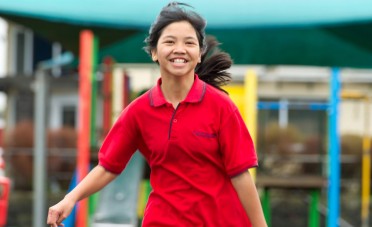
The underlying concepts
Four key concepts are woven through the strands and the key areas of learning. They are fundamental to all learning in health and physical education.
-
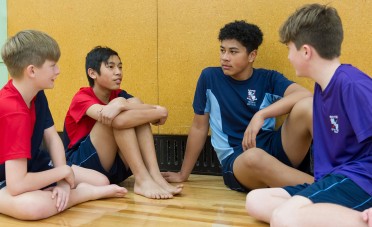
Key areas of learning
The key areas of learning (KAL) are the learning contexts through which the skills and knowledge identified in the achievement objectives are explored.
-
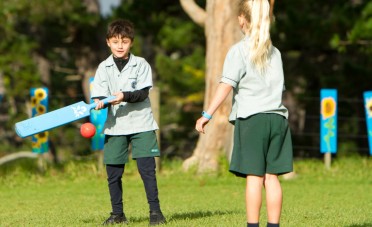
The strands
A clear and structured progression of achievement objectives that spans all levels of schooling is set out in the four strands.
Senior secondary and NCEA resources
-
Health Education (with Home Economics) – NCEA Education , opens in a new window
Health Education (with Home Economics) is about hauora and the wellbeing of individuals, whānau and communities. It is about the complex interconnections between the physical, mental, emotional, social, and spiritual dimensions of people’s lives.
-
NZ Senior Secondary Curriculum Guides , opens in a new window
Helping teachers create quality teaching and learning programmes.
-
Physical Education – NCEA Education , opens in a new window
Physical Education develops the social, emotional, intellectual, and cultural capabilities of ākonga. These capabilities inform the ways in which ākonga understand tikanga in movement contexts, provide diverse ways of participating in physical activities, and contribute to movement's wider benefits to hauora.
